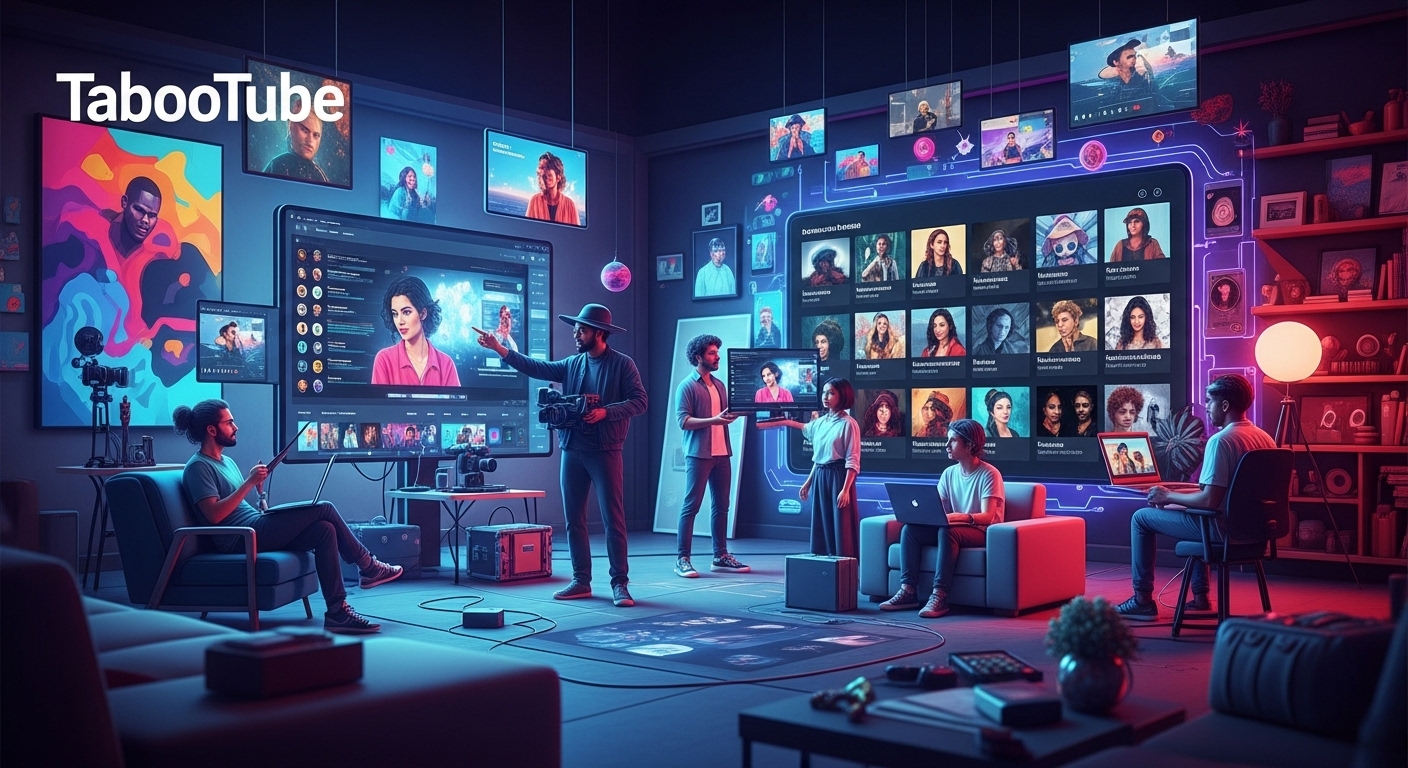A New Word for an Old Obsession
HDPHNS. At first glance, it seems like someone smashed a keyboard, forgot the vowels, and walked away. In truth, it’s a stripped-down, stylized way of pronouncing “headphones”—a call that’s as modern-day as the gadgets it represents. Dropping vowels is today’s in emblem names because it makes matters experience compact, digital, and slightly mysterious. And, honestly, that’s what hdphns are: small, portable portals into entire worlds of sound.
From Clunky Contraptions to Sleek Statements
The Early Days
If you time-traveled to the overdue 1800s, you wouldn’t find people bopping to playlists at the subway. Instead, you’d see telephone operators wearing outsized, stressed-out headsets that gave the impression of steampunk clinical gadgets. They weren’t designed for music—they were made for work, all about transmitting speech.
The Music Revolution
Everything modified within the Seventies. With the appearance of the Sony Walkman, headphones stepped out of the studio and onto the streets. Suddenly, the song becomes portable, personal, and private. The world didn’t just hear music differently; it lived differently.
Why We’re Obsessed
A Personal Sound Bubble
HDPHNS creates a bubble around you. Whether you’re in a bustling café, a crowded bus, or a noisy open-plan office, slipping them on is like saying, “I’m in my world now.” They’re not just tools; they’re invisible “do not disturb” signs.
The Fashion Factor
It’s not just about sound anymore. Brands like Beats, Bose, and Apple have turned hdphns into fashion accessories. Limited editions, bold colors, and sleek designs mean your hdphns say as much about you as your sneakers or watch.
The Science Inside
Drivers and Magic
At the heart of hdphns are tiny speakers called drivers. They work like miniature magic shows: electrical signals come in, and music, podcasts, or game sound effects come out. Different driver types—dynamic, planar magnetic, balanced armature—each has its own “personality” when it comes to sound.
Noise Control
We live in a noisy world, so hdphns have evolved to fight back:
- Passive isolation: Block noise physically, like soundproof curtains to your ears.
- Active Noise Cancellation (ANC): Use microphones and smart math to erase historical sounds earlier than they reach you.
Types for Every Listener
- Over-Ear: Big, cushiony, immersive. Perfect for home listening.
- On-Ear: Lighter, smaller, but still comfy for long use.
- In-Ear/Earbuds: Ultra-portable. Great for workouts or commuting.
- Open-Back: Airy, natural sound, but not great in noisy places.
- Closed-Back: Isolate you from the outside world—studio and travel favorites.
Wireless and the Age of No Cables
Bluetooth tech has turned hdphns into genuine freedom machines. No cords to untangle, no unintentional yanks out of your pocket. True wireless earbuds, like AirPods and their opponents, percent microphones, sensors, and even spatial audio in something smaller than a marble.
And the tech is still evolving—higher formats imply better sound great without wires, and battery life continues to stretch longer.
HDPHNS as Tools
For Work
In a remote work culture, hdphns are lifelines. They maintain Zoom calls clean, block distractions, and—in case you’re being honest—now and again assist you to pretend you’re listening when you’re sincerely to your very own playlist.
For Creativity
Musicians, podcasters, and filmmakers use HDphns for precision. Every note, every breath, every tiny sound matters, and a good pair will reveal details you’d miss through speakers.
For Escape
Sometimes it’s not about doing anything—it’s about getting away. A rainy-day playlist in your hdphns can turn a dull commute into a cinematic moment.
Health and Care
We love hdphns, but they come with warnings:
- Hearing Health: Experts recommend the 60/60 rule—concentrate at 60% extent for no greater than 60 minutes at a time.
- Ear Hygiene: In-ear fashions can trap moisture and bacteria if no longer wiped clean.
- Physical Comfort: Heavy headbands can cause neck strain; being extraordinarily in shape can exacerbate complications.
The Eco-Friendly Future
The headphone industry is slowly waking up to sustainability. Some brands now offer:
- Recycled plastics and metals.
- Vegan leather ear pads.
- Repairable parts instead of disposable designs.
This is massive because electronics waste is one of the quickest-developing trash problems worldwide.
Beyond Sound: Emotional Impact
HDPHNS aren’t just about hearing—they’re about feeling.
They soundtrack your first heartbreak, your overdue-night take a look at sessions, your triumphs in video games, and your moments of reflection. They’re the tool you reach for while the sector feels too loud or too quiet.
Tomorrow’s HDPHNS
The next generation will likely include:
- AI-Driven Personalization: Automatically adjusting sound profiles in your ears and environment.
- Biometric Sensors: Tracking heart fee, posture, and pressure stages.
- Mixed Reality Integration: Merging sound with holograms and AR visuals.
Closing Thoughts
HDPHNS may be a stripped-down word, but it represents a rich, complex relationship between humans and sound. They’re part tool, part fashion, part emotional support system. Whether you’re an audiophile chasing perfect clarity, a gamer seeking total immersion, or just someone who loves disappearing into music, hdphns are proof that the right sound at the right moment can change everything.
Stay in touch to get more updates & alerts on BaddiehubX! Thank you




